The BioParc of Valencia
Valencia is home to the best zoo in the world. Alright, that might be too bold a claim, but the BioParc is at least the best zoo Jürgen and I have ever visited. Designed in a way that makes cages (almost) obsolete, the BioParc allows an unobstructed view of the animals, and lets you get close to them… uncomfortably close, sometimes. Let’s just say, it’s a good thing hyenas aren’t strong jumpers.

The BioParc opened its doors in 2008, replacing the former city zoo which had been located in the Viveros Gardens. Currently, it’s home to 4000 animals of 250 species, with a special focus on the fauna of Africa. And new babies are being born all the time; one of the latest was a Mhorr gazelle, which has sadly gone extinct in the wild.
I’m not going to pretend that the BioParc offers an experience equivalent to that of a real African safari. But for a zoo, it does a decent job. Consider the view from the cafe, for example. Just across a shallow river are a herd of giraffes, with hyperactive antelope sprinting around their legs. Behind them, atop a rock with a vantage point over the sloping grassland, a female lion is monitoring the scene. And from your position in the cafe all the way to the lion, there isn’t a single fence. The barriers which separate the species are worked seamlessly into the landscape itself.
The immersive concept of the BioParc reaches its pinnacle in the lemur exhibit, where nothing separates the animals from humans. Walking through this section is great fun; the lemurs leap above your head, scurry past your feet, and block your path because the sidewalk is where these haughty little lords prefer to sunbathe. They pompously ignore the humans wandering through their territory, even while we’re photographing and cooing at them. They must be aware of us, but are clearly too proud to admit it.

There’s a different exhibit where I wouldn’t mind less immersion: the hyenas. These creepy beasts are separated from visitors by a moat. Just a single, narrow moat, which even I could probably leap across. The hyenas are suspicious and attentive, and walking past their section always sends shivers down my spine. Usually, you don’t see them right away, but you have the distinct feeling that something is watching you. Something is lurking. You spot a hyena hiding behind a tree, its eyes fixed directly on you… and then without warning, it sprints forward. It’s stopped by the moat, of course, but let’s be honest: for a second there, you were terrified.

The most popular animals at the BioParc are the gorillas. Separated from humans by a glass wall, the troop has a large area in which to live and play. The main family is comprised of a powerful silverback and a couple females, with a couple other bachelors in the adjacent pen. In 2012, the gorillas welcomed a new baby named Ebo. We visited soon after his birth, and had the opportunity to verify that baby gorillas are the cutest things imaginable. We suspected as much.
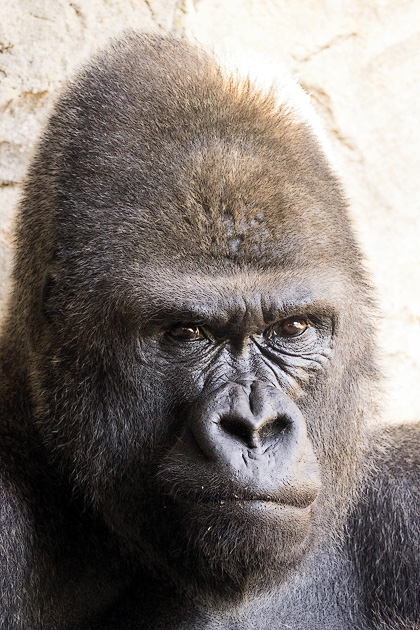
We’ve mentioned giraffes, antelopes, lemurs, hyenas and gorillas, but this is only a small percentage of the highlights in the BioParc. There are hippos, rhinos, elephants, leopards, crocodiles, flamingos, mongoose, porcupines, anteaters and warthogs. There are snakes, turtles, camels and a ton of birds. Don’t miss the daily show in the amphitheater, when the staff introduces some of the species. This is an exciting presentation, during which birds of prey swoop right over the heads of the audience, eliciting squeals of exhilaration.
The BioParc isn’t cheap, but if you enjoy zoos, it’s worth every penny. And if you live in Valencia, or plan on returning to the park more than once a year, there’s a great option called the “Pasa Berde.” For a little more than the regular cost of entry, this pass will let you return as often as you want, all year long.
BioParc Valencia – Website
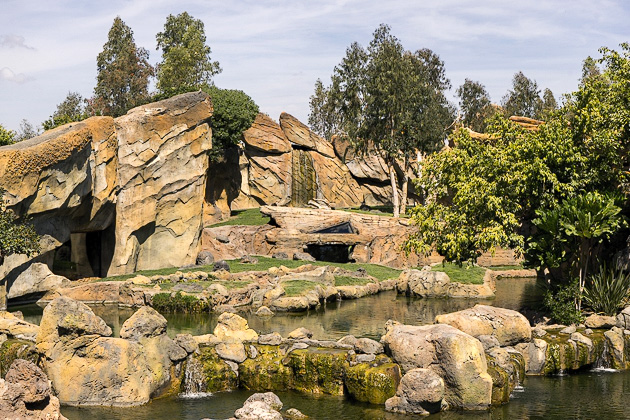
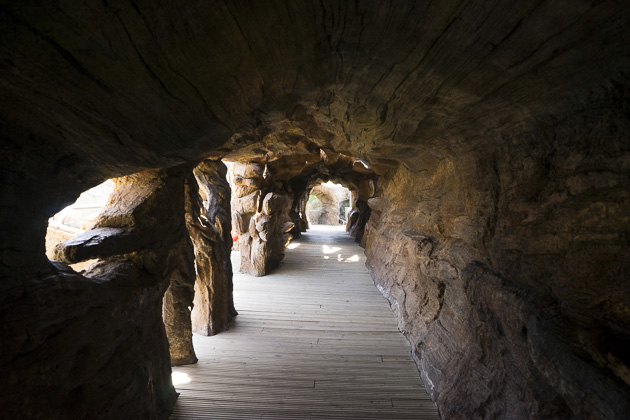
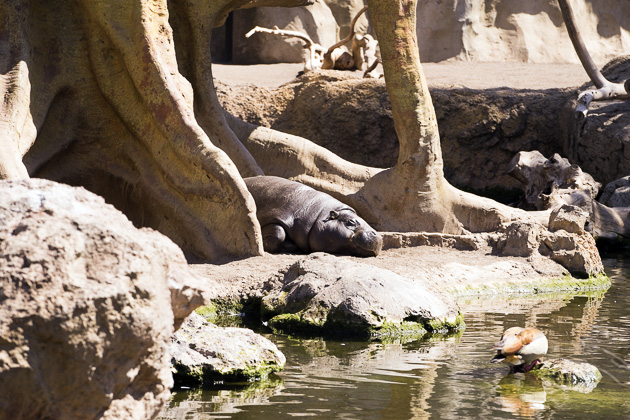
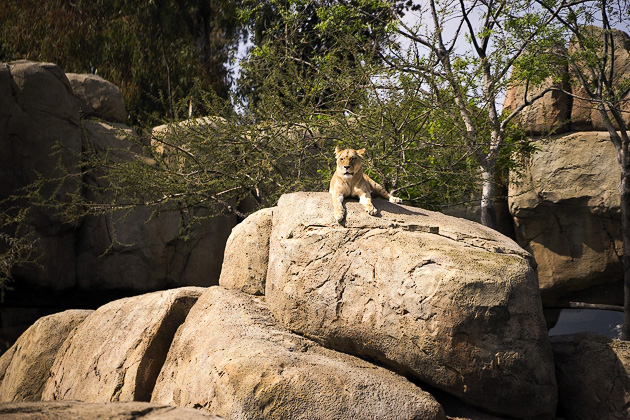

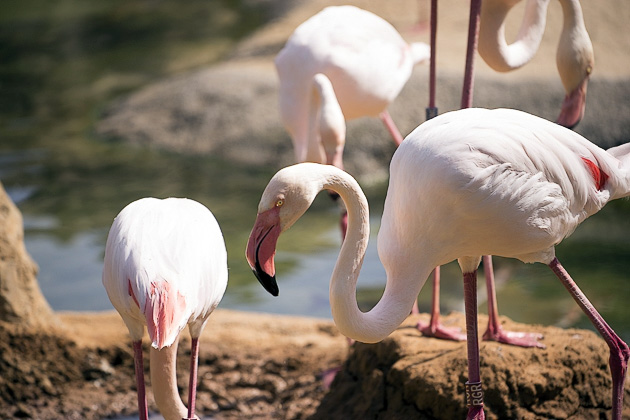

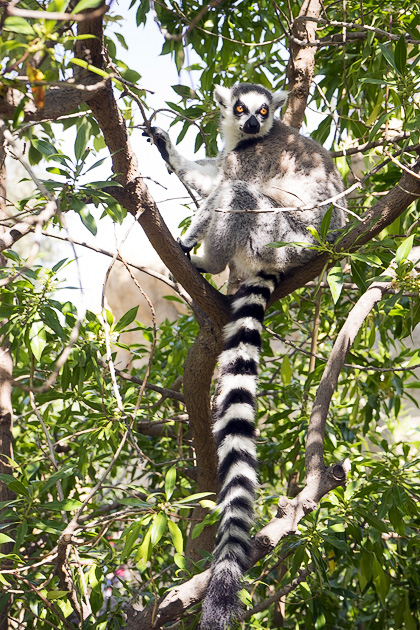
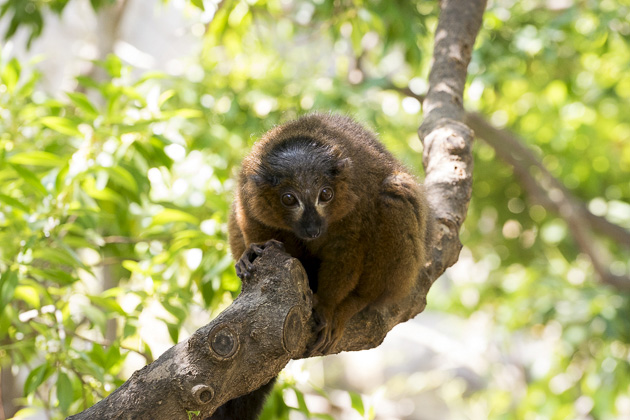
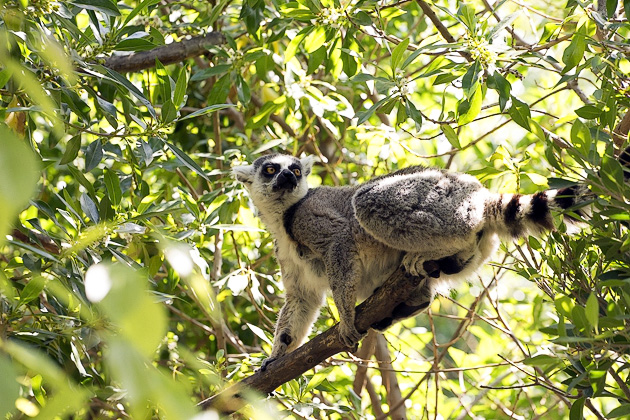


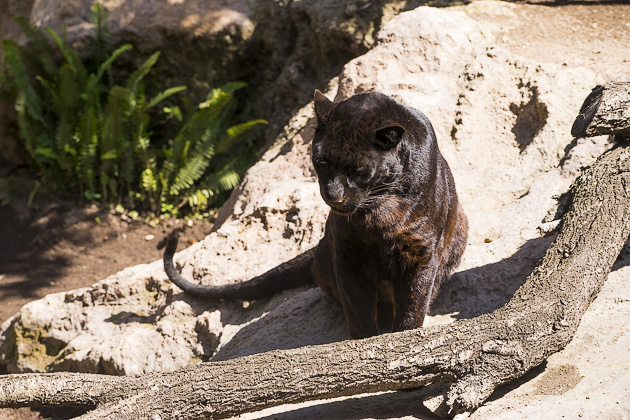

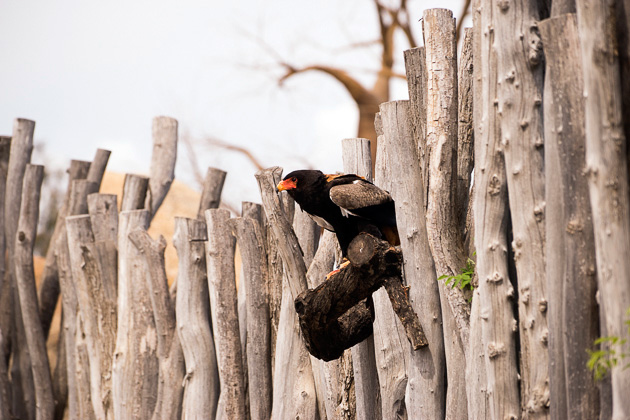

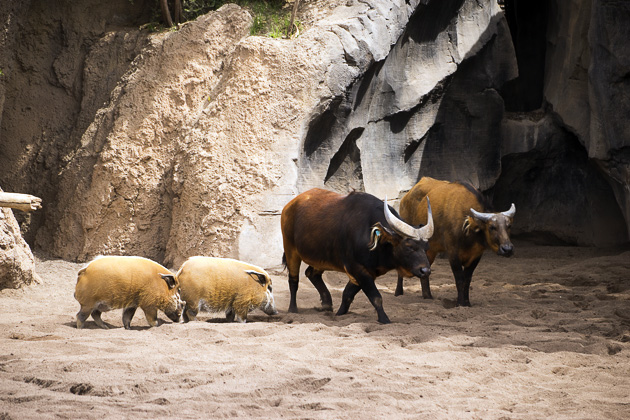
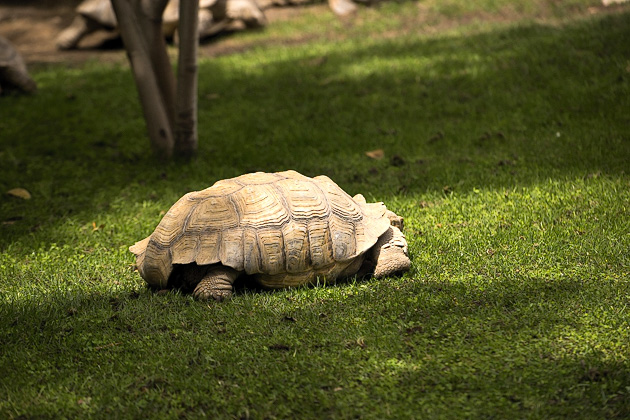
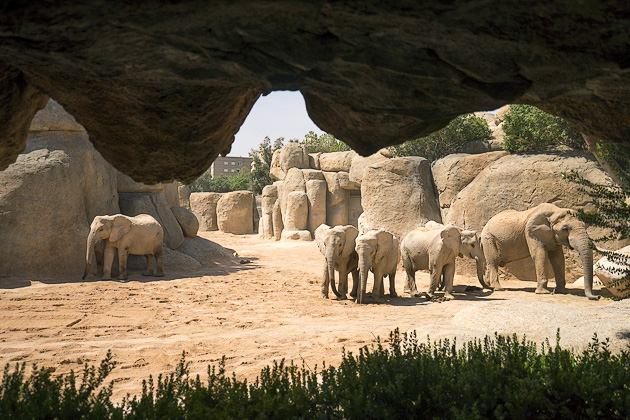
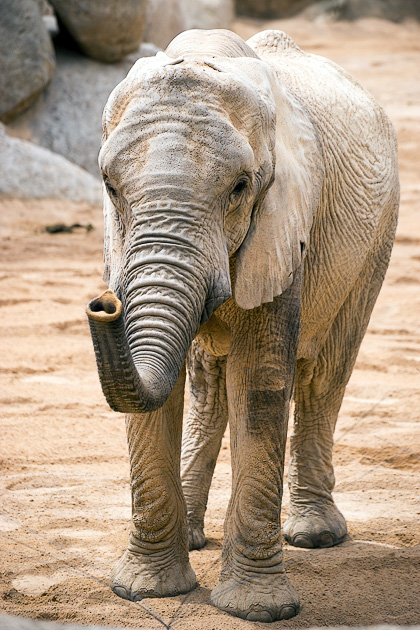


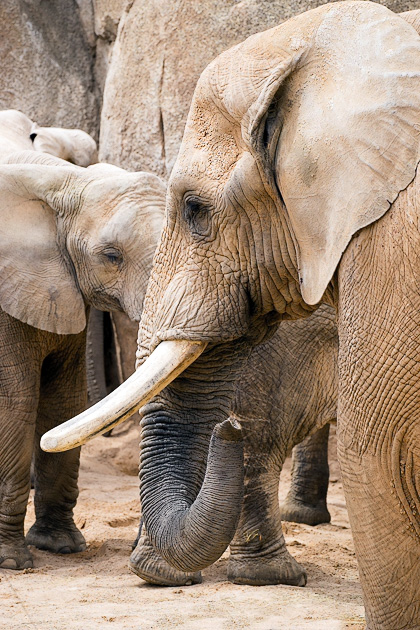
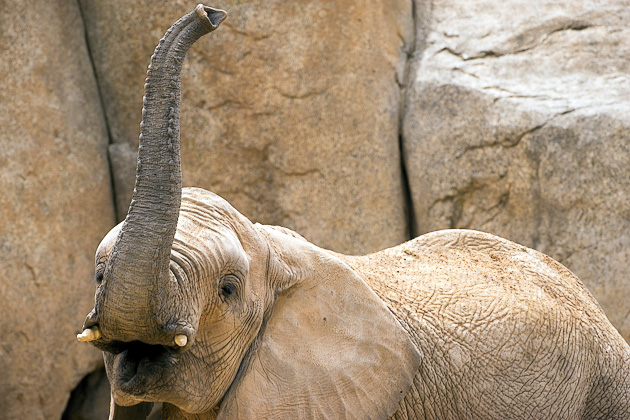
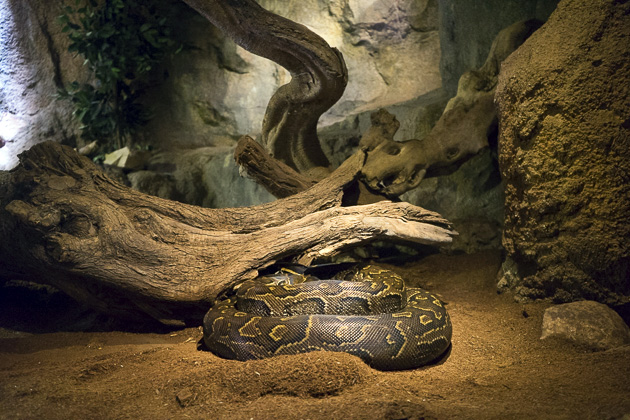
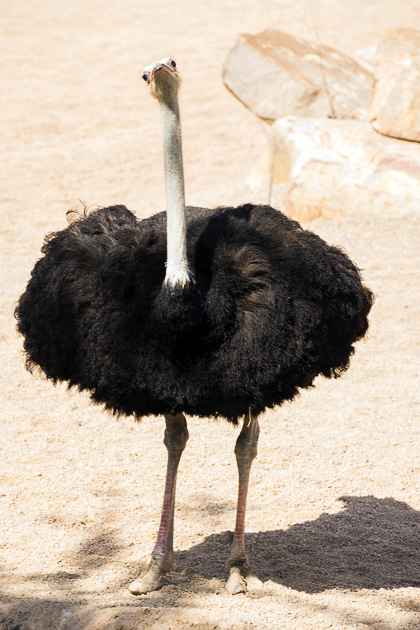


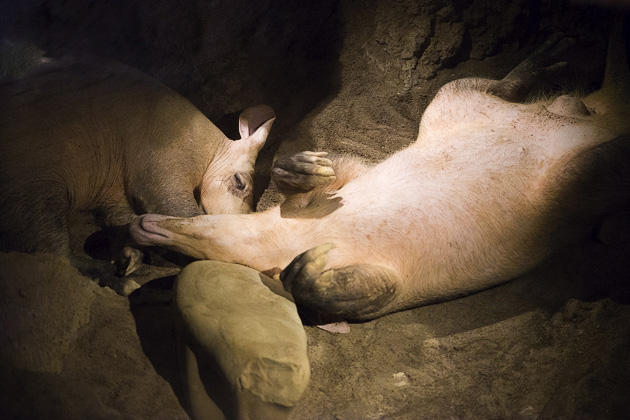
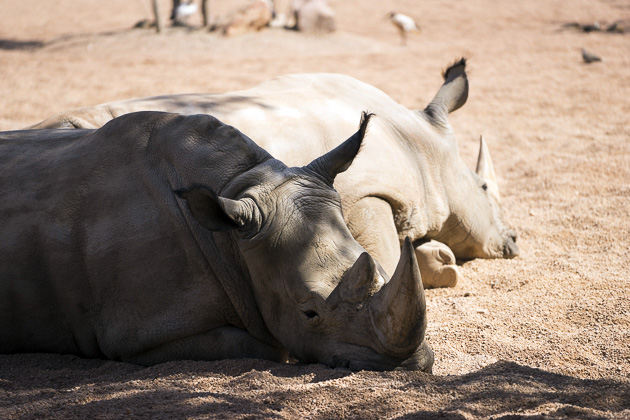
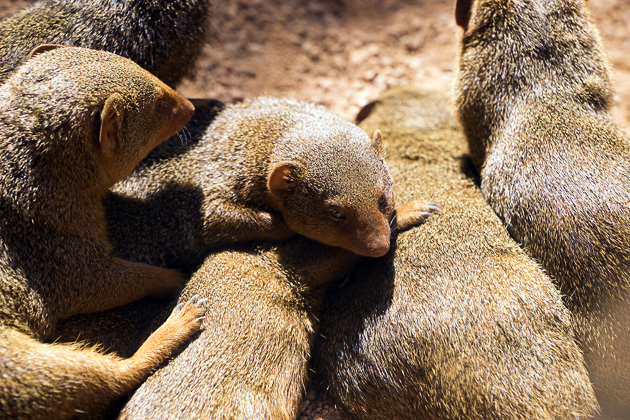
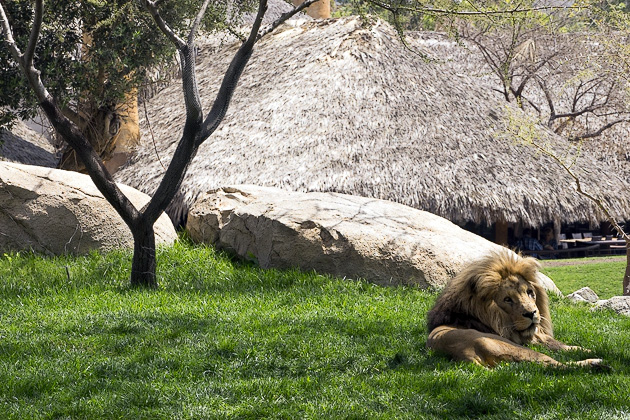
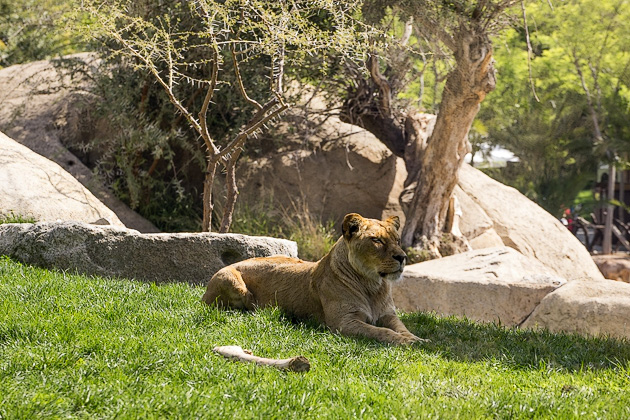
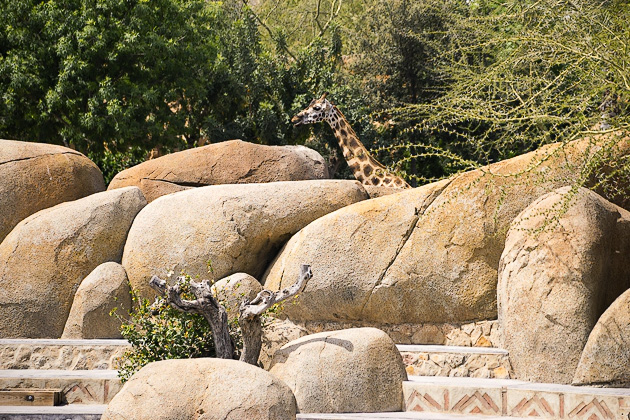

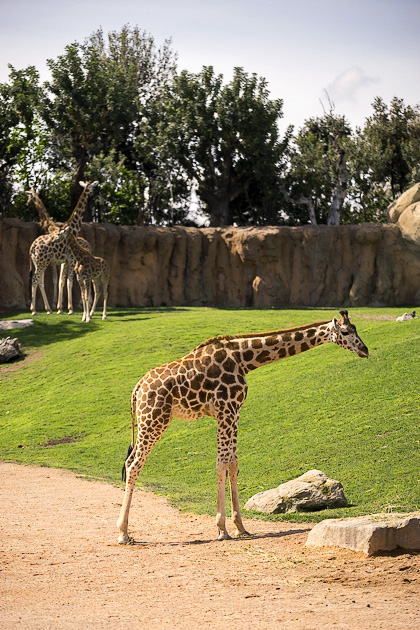
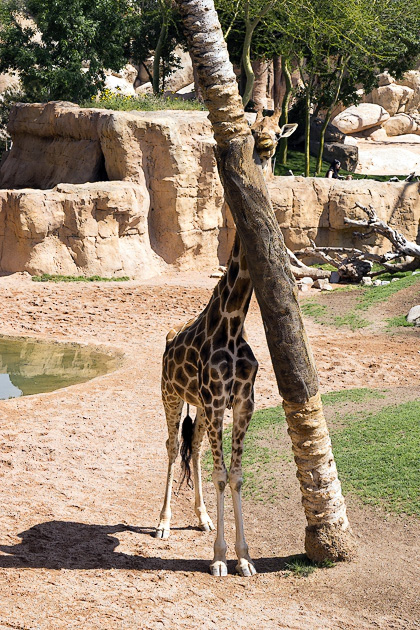
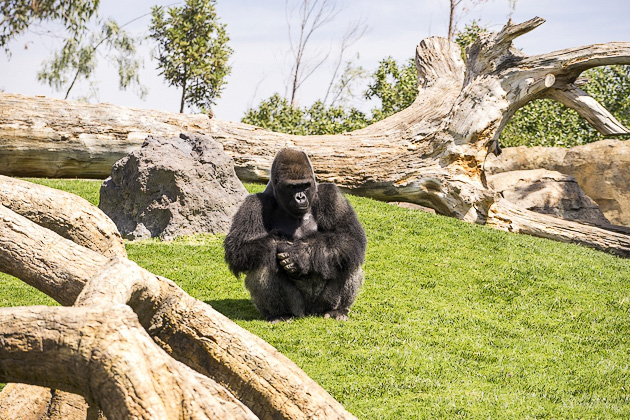
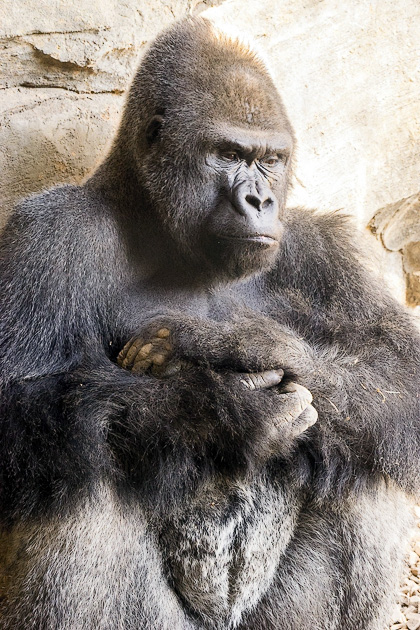
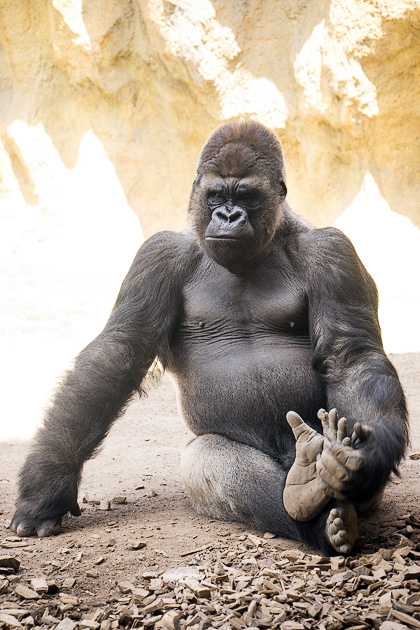

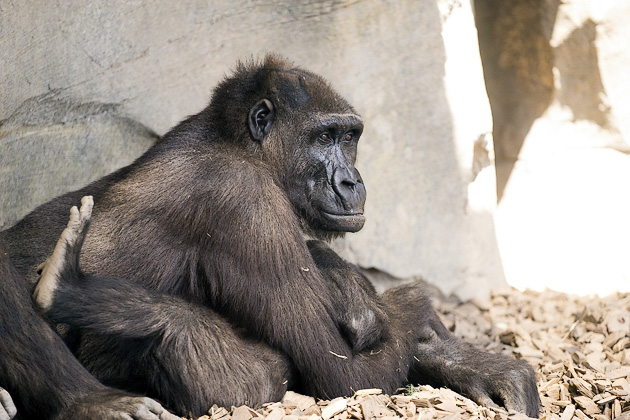
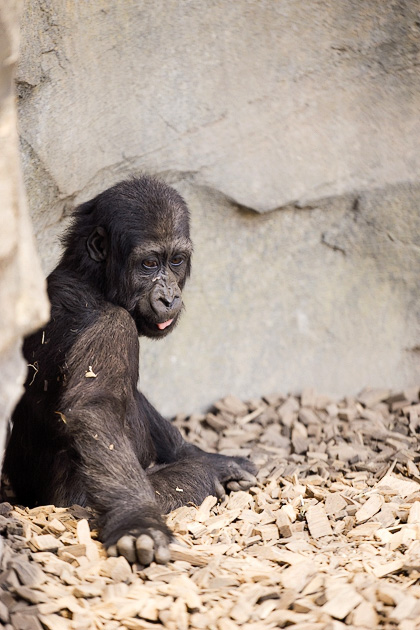
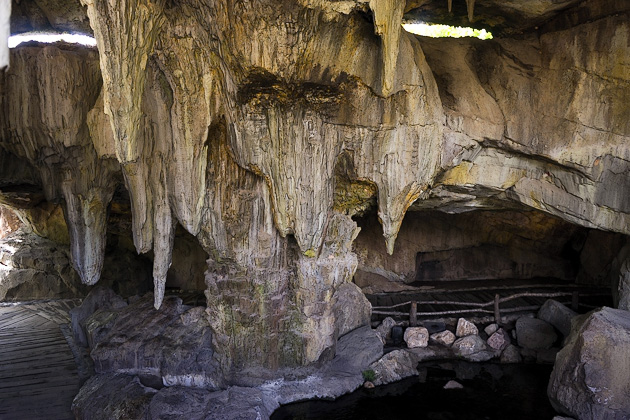
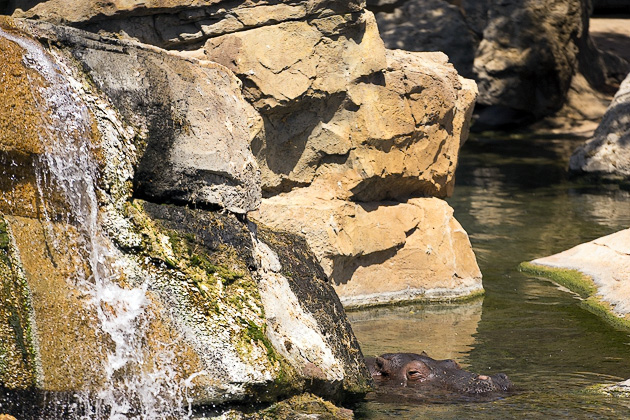
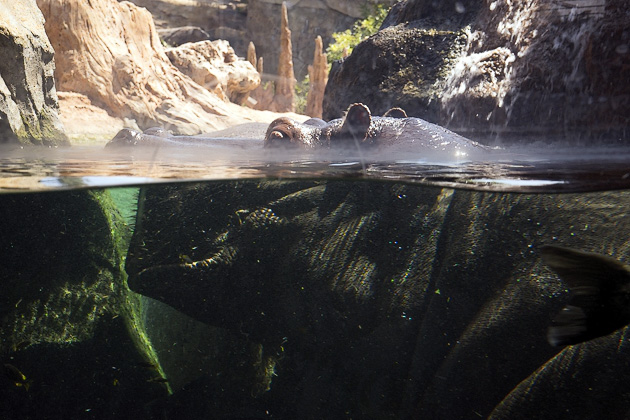
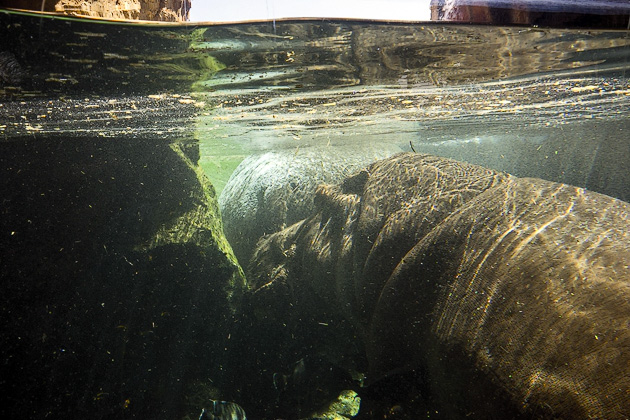
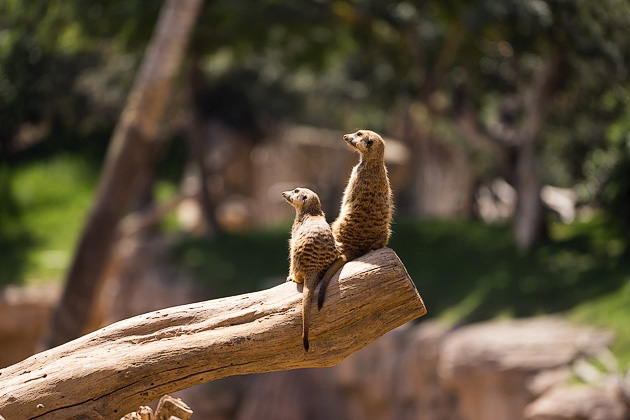
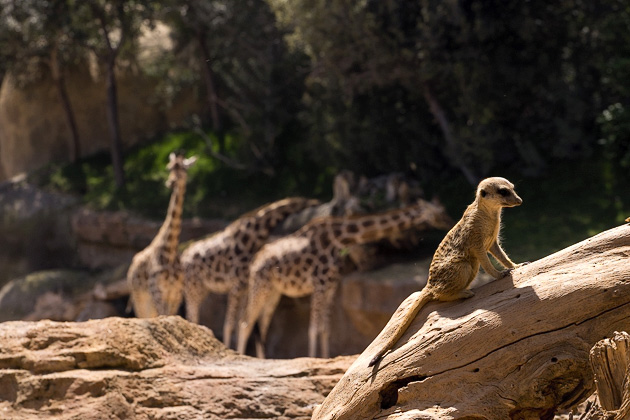
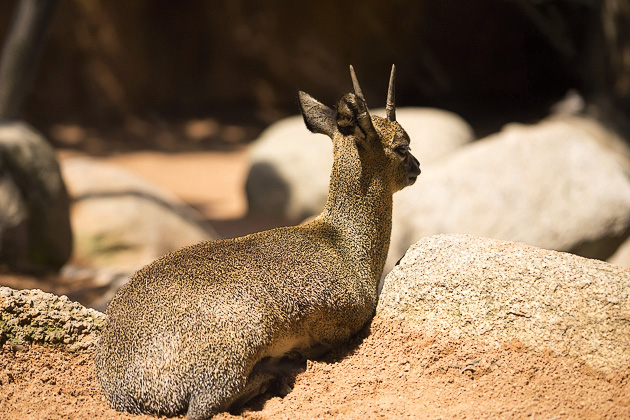
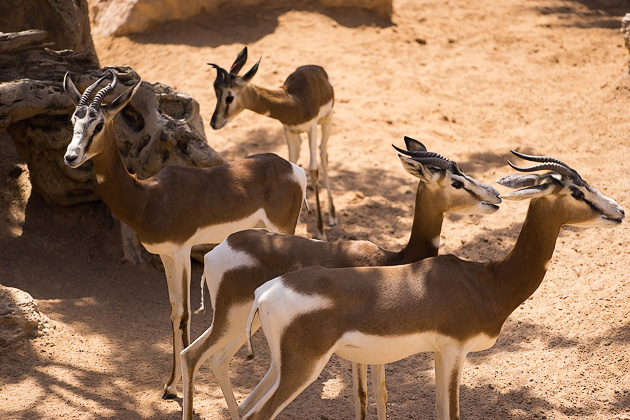
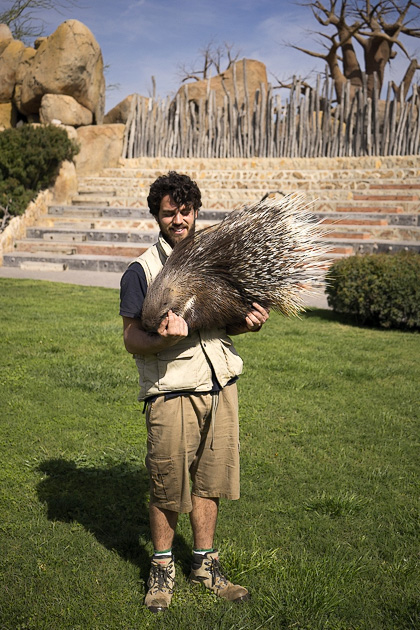
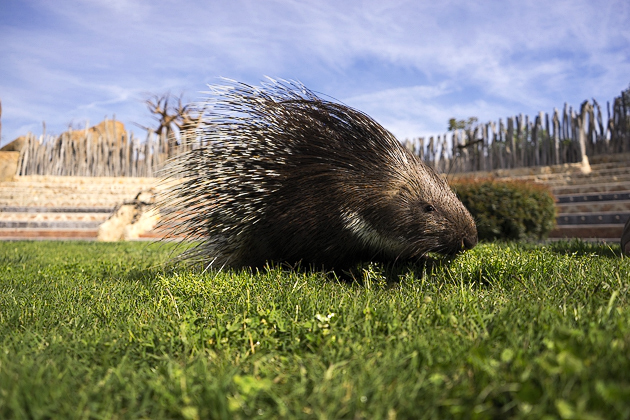

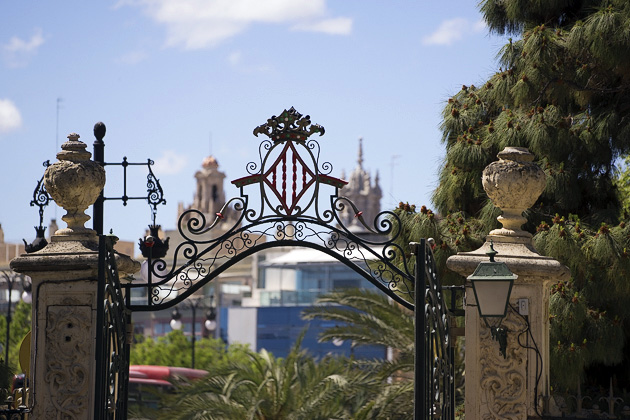
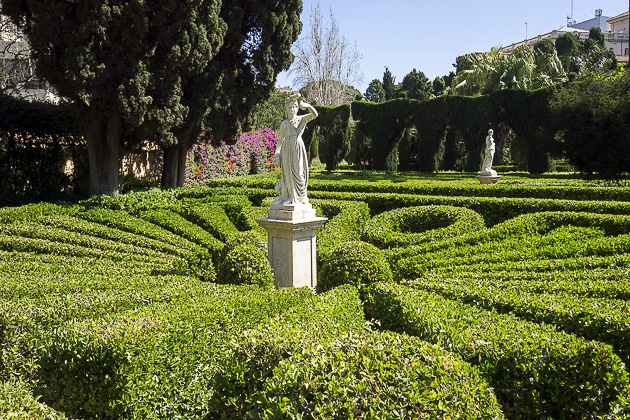
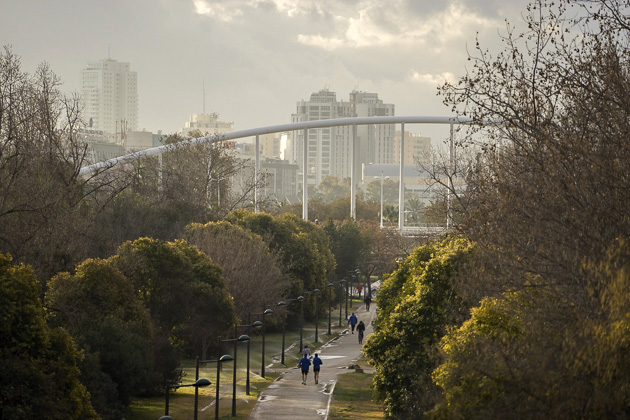

Pingback: Getting Attacked By A White Tiger
Pingback: The Micalet and the Santa Catalina - Valencia For 91 Days